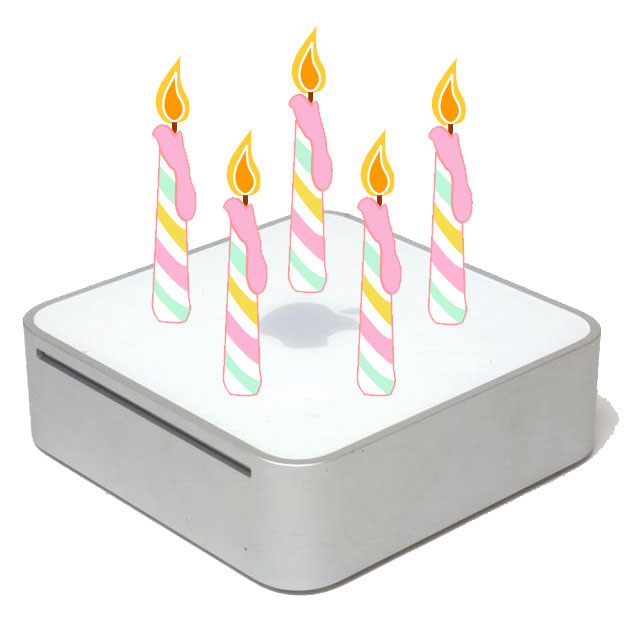
Bust out the party poppers and balloons, today is cause for celebration: it's the youngest of the Mac family's birthday today; the Mac mini.
Announced five years ago today, the Mac mini was the last entirely new computer product line that Apple introduced, making its debut at Macworld Expo San Francisco on January 11th, 2005.
“Starting at just $499, Mac mini is the most affordable way to enjoy Mac OS X and iLife,” said Steve Jobs, Apple’s CEO. “Just plug in your display, keyboard and mouse and you’ve got an incredibly compact Mac for a price that almost anyone can afford.”
Initially introduced to compete with PCs in the ultra-competitive sub-$1,000 desktop market, the Mac mini has retained its form factor over the past five years, but gained in popularity and ways of use, possibly not even originally intended when Apple first released it. It's $499 price point made it the cheapest Mac ever, but as time has gone on and its place in the market settled a little bit left of the field from its original intention, today's current entry level Mac mini is the same price as the original Mac mini's high end configuration.
Specs & Pricing - then & now
On launch, these were the specs & pricing of the PowerPC-based Mac mini's:
- 1.25GHz or 1.42GHz PowerPC G4 processor;
- 512kB on-chip shared L2 cache running 1:1 with processor speed
- 167MHz frontside bus;
- 256MB of 333MHz DDR SDRAM, expandable to 1GB;
- 40 or 80GB Ultra ATA hard drive;
- Combo optical drive (DVD-ROM/CD-RW) or SuperDrive™ (DVD±RW/CD-RW);
- ATI Radeon 9200 graphics processor with 32MB video memory;
- One FireWire 400 and two USB 2.0 ports;
- 10/100 BASE-T Ethernet networking and 56K V.92 modem;
- Internal support for AirPort Extreme wireless networking and Bluetooth;
- DVI or VGA out (adapter included), composite/S-video out with optional adapter; and
- Built-in speaker and headphone/line out.
- Two models priced at $499 and $599.
And here are today's Intel-based Mac mini specs, five years on:
- 2.26GHz, 2.53GHz, or 2.66GHz Intel Core 2 Duo processor;
- 3MB on-chip shared L2 cache running 1:1 with processor speed
- 1066MHz frontside bus;
- 2GB of 1066MHz DDR3 SDRAM, expandable to 4GB;
- 160GB, 320GB or 500GB Serial ATA hard drive;
- SuperDrive™ (DVD±RW/CD-RW);
- NVIDIA GeForce 9400M graphics processor with 256MB video memory;
- One FireWire 800 and five USB 2.0 ports;
- 10/100/1000 BASE-T Gigabit Ethernet networking;
- AirPort Extreme 802.11n wireless networking and Bluetooth 2.1 + EDR;
- DVI and Mini DisplayPort output;
- Built-in speaker;
- Combined optical digital audio input/audio line in (minijack); and
- Combined optical digital audio output/headphone out (minijack).
- Two models priced at $599 and $799 plus a Server model at $999.
Whilst the Mac mini has barely changed cosmetically, its made the transition from the ill-fated PowerPC G4 to Intel's Core 2 Duo, seen its memory capacity quadruple, had its 100 BASE-T upgraded to Gigabit, shed the 56K modem and gain a Mini DisplayPort (allowing dual-monitor capability), upgraded its analogue audio output to combined optical digital input and output, and much more.
Mac mini uses and applications
The Mac mini was originally designed to over Windows PC users and encourage them to switch - the idea behind shipping an affordable "headless" Mac without a keyboard, mouse or monitor is that a PC user could use their existing VGA/DVI monitor and USB input devices and peripherals.
However, the Mac mini's tiny form factor and ultra-quiet running, coupled with Apple's Front Row software has made it popular amongst home cinema enthusiasts. Apple acknowledged this by later introducing a bundled remote with built-in IR receiver in the units. There's even a dedicated website about using the Mac mini as an HTPC. Whilst Apple has released the Apple TV with an HDMI output for streaming movies and music from iTunes libraries to home cinema setups, the Mac mini offers an equally useful DVI connection with an optical digital audio output and lets users not only play iTunes content without streaming, but also play DVDs, add additional hardware such as Elgato's EyeTV, and pair up a Bluetooth keyboard & mouse for web surfing.
The Mac mini has also proved popular in the server market due to its very low power requirements and, again, its diminutive form factor. Apple has gone a step further to acknowledge this by releasing a Server edition of the Mac mini which ships with Mac OS X Server and loses the slot-loading DVD drive in favour of a 2nd internal hard drive, allowing a maximum capacity of 1TB.
Here's hoping for another five years of exciting updates and uses of the Mac mini - oh and Steve, how's about a case design update? Aluminium & gloss white is soooo last decade...





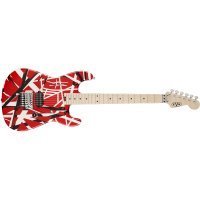

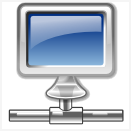
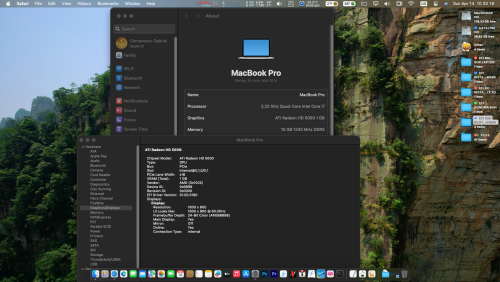
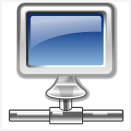
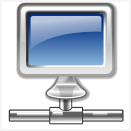
Recommended Comments